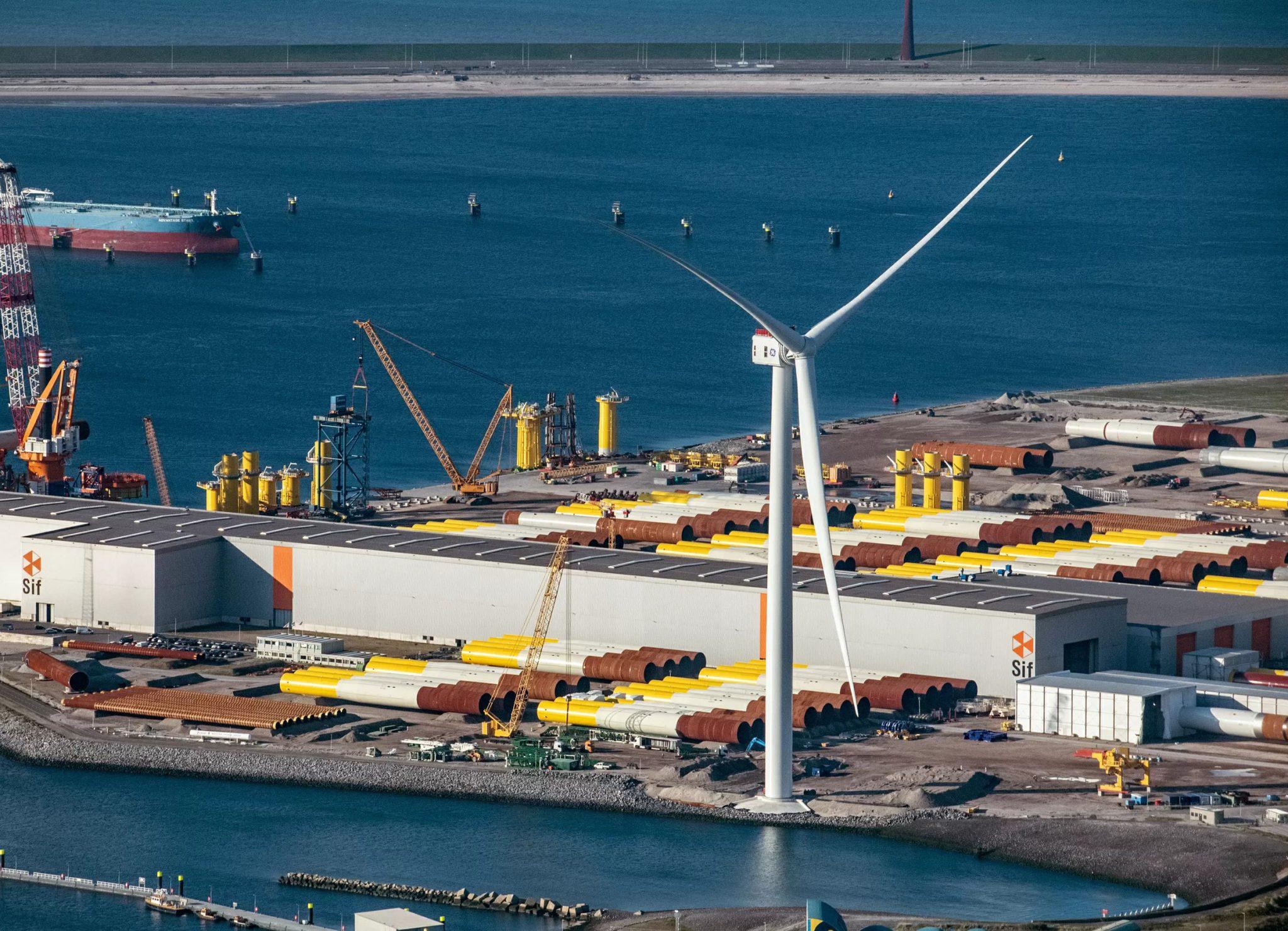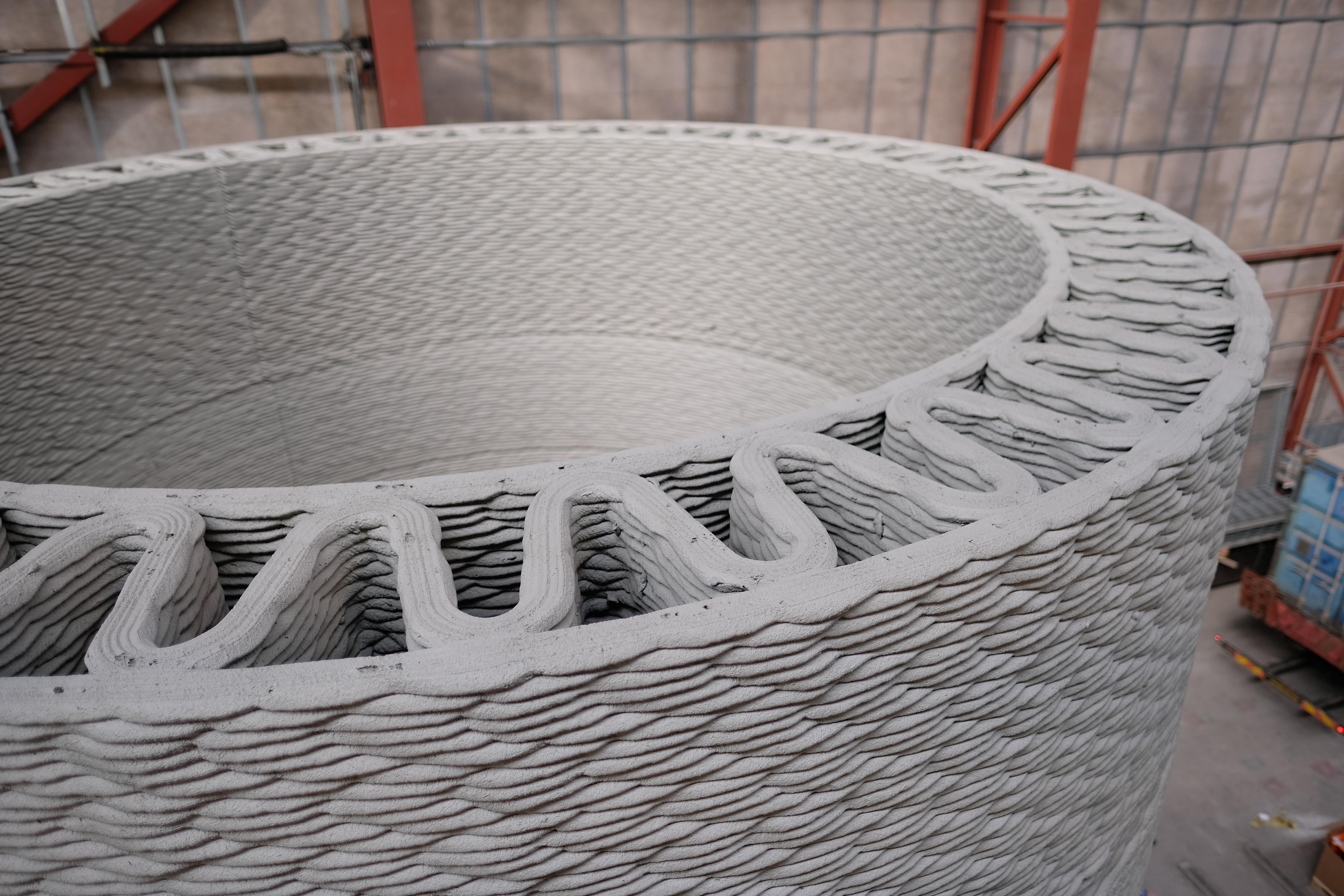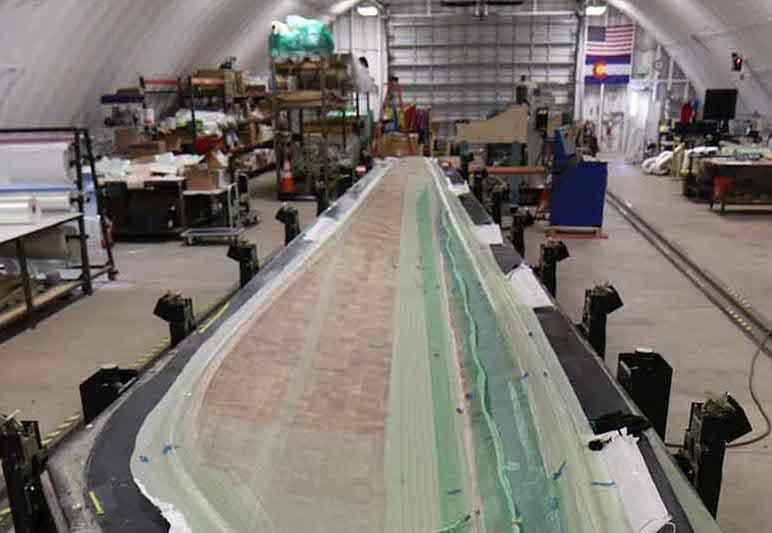China3D printingThe 3D printing industry interview series on 3D printing and renewable energy turns to additive manufacturing in the wind energy sector.
pioneered in the field 3D printingThe company is GE Renewable Energy. “Additive manufacturing has the potential to bring about significant changes in the cost and performance competitiveness of the wind energy industry,” said Matteo Bellucci, GE’s head of renewable advanced manufacturing technologies.Bellucci shared the latest advancements in GE’s efforts to improve the efficiency and performance of wind turbines through 3D printing, and discussed the technology’s benefits for the wind energy industry.
Wind energy in the United States grew at a record pace in 2020, with onshore wind installations surpassing solar installations for the first time in several years. The country’s offshore wind pipeline grew by 24% in 2020 compared to the previous year. Another notable emerging trend involves increased interest in using offshore wind to produce clean hydrogen.
For the European Union (EU) to meet its 40% renewable energy target by 2026, 32 GW of new wind farms will need to be installed each year between now and then. With only 17.4 GW of wind power installed in Europe by 2021 due to global supply chain issues and bottlenecks, is there a golden opportunity for 3D printing to increase its application in the field?

GE’s Haliade-X offshore wind turbine. Image via General Electric.
Boosting wind energy competitiveness with 3D printing
In February 2021, GE was awarded a $6.7 million project from the U.S. Department of Energy (DoE) to explore the design and manufacture of 3D printed wind turbine blades. GE, in partnership with Oak Ridge National Laboratory (ORNL) and the National Renewable Energy Laboratory (NREL), seeks to increase the competitiveness of onshore and offshore wind energy by leveraging 3D printing to reduce manufacturing costs and increase supply chain flexibility.
“Several design and process concepts and new thermoplastic materials have been screened to provide more clarity on how we will achieve our goal of using 3D printing and other advanced processes and high levels of automation in blade manufacturing,” Bellucci said.
Turbine blade tips made with 3D printing and thermoplastic composites will have several benefits, including being lighter than their traditionally manufactured counterparts, he explained. Lightweighting allows larger rotors on turbines to generate more power while reducing stress on the entire turbine, reducing wear on its gearboxes, drivetrains, bearings and foundations, and reducing life-cycle costs for turbine operators.
The 3D printed thermoplastic blade tips can also be melted and recycled at end of life, an important aspect of GE’s renewable energy program. The team is also exploring which other parts of the turbine blade could benefit from 3D printing technology and thermoplastic materials to increase the time-to-market, quality and sustainability of the components.
Bellucci said that 3D printing will not only bring cost and performance competitive advantages to the wind energy industry, but the technology will also “help GE Renewable support our customers and drive the energy transition further and further.”
In September, Fraunhofer IGCV and binder jetting systems maker voxeljet announced that they would build the “world’s largest” wind turbine 3D printer to date. Known as the Advance Casting Cell (ACC), the system is designed to print the molds needed to cast parts for GE’s offshore Haliade-X turbines, each of which can weigh up to 60 tons.
“The program started only a few months ago, and we’re still in the early stages of its concept development,” Bellucci said. “As we discussed when we awarded the project late last year, the project aims to accelerate and optimize the production of key cast components for GE Haliade-X offshore turbines. Specifically, 3D printing for the production of large turbine components near offshore wind projects Provides flexibility, reduces transportation costs and brings environmental benefits.”
Bellucci said the project team is currently compiling spec details for the printer, and then voxeljet will begin the design phase of the project, including the mechanics of the new printer.

A 3D printed concrete wind turbine tower. Image via General Electric.
The benefits of AM for wind energy
With ambitious goals to reduce greenhouse gas emissions, wind energy has become the subject of growing concern in the fight against the global climate crisis. To this end, a lot of research is being put into making the wind turbines themselves more environmentally friendly. For example, NREL has developed a method for making wind turbine blades through 3D printing that improves their performance and end-of-life recyclability, while the University of Maine is working on an environmentally friendly 3D printing process for turbine blade molds with a support cost of $2.8 USD million in federal funding. Elsewhere, engineers at McGill and Ryerson Universities are working on converting wind turbine blade scrap into a new 3D printed PLA material for fiber-reinforced parts.
Regarding GE, “3D printing technology has matured to help us make tools for small and large parts, as well as rapid prototyping that has a direct and immediate impact on the efficiency of our plant operations,” Bellucci said. “It will take some time to apply 3D printing directly to our products, but the potential is huge and we are actively exploring different use cases.”Looking at the entire renewable energy portfolio beyond wind, GE believes that all of the traditional benefits of 3D printing depend on the relevant use case, Bellucci said. These benefits include time-to-market, 3D printing of casting molds, a more resilient, localized and agile supply chain, and improved quality consistency primarily driven by the automated and digital nature of the technology.
“Furthermore, 3D printing opens the door to more efficient designs that can be customized for specific locations and applications,” he continued. “For example, while the standard design for a wind turbine at a given site may call for a tower height of 90 meters, a more detailed analysis of the site may indicate that a tower of 120 meters makes more sense in a specific part of the wind farm.
“In this case, we can 3D print the 30-meter tower assembly on-site to add to the existing standard 90-meter base for optimal performance.”
According to Bellucci, this approach is more sustainable than existing practices in two ways. Not only does it maximize the total amount of clean, renewable energy that can be generated, but it also reduces a project’s carbon footprint by reducing the number of parts that need to be manufactured and shipped over long distances.

Part of a 13-meter thermoplastic blade prototype by NREL researchers. Photo via Ryan Beach at NREL.
Helping the renewable energy transition with 3D printing
Bellucci sees 3D printing helping GE Renewables and the broader energy sector in many ways accelerate the transition to clean energy generation.
“This is typically a less energy-intensive manufacturing process and produces less waste. For example, 3D printing will allow the exploration of new design practices, using tools such as topology optimization, a design approach that enables our Engineers are able to experiment with multiple designs to find the most efficient and cost-effective solution to a given challenge. As a result, our team can use parts that consume less energy to produce and reduce waste.”
Bellucci also pointed to the technology’s potential to simplify manufacturing assembly processes and logistics, which could help reduce the company’s carbon footprint.
“3D printing allows us to explore ways to improve the design of a given component by combining several different components into a single part,” he explained. “Mechanical assemblies, where many parts are typically fabricated into separate components and then combined together, can be additively manufactured as a unit, allowing parts to be printed and combined even if the combined unit’s geometry is very complex.”
Additive manufacturing enables GE to reduce the number of parts that need to be designed and manufactured, simplifying the assembly process and increasing the durability and reliability of its products. Consolidation contributes to a more efficient end-of-life dismantling process, thereby increasing the company’s material recyclability and circularity.
“3D printing also makes it easier to incorporate recycled and secondary material streams into our designs,” added Bellucci. “For example, when we 3D print towers for new turbines, we’re exploring ways to efficiently cross-pollinate our two promising partnerships with Holcim using materials that will be used to recycle the material produced in retired wind turbine blades.
“Similarly, with the support of the U.S. Department of Defense, we are exploring ways to combine 3D printing with thermoplastic materials for new advanced wind turbine blades. These 3D printing innovations could significantly reduce the amount of material needed to produce new wind turbines. According to According to Bellucci, a recent life cycle assessment (LCA) analysis showed that this advanced manufacturing process could reduce greenhouse gas emissions by as much as 15 percent when manufacturing large castings at the top of the tower. The LCA also showed that advanced manufacturing Technology can reduce greenhouse gas emissions by up to 10 percent during blade tip manufacturing and 25 percent during high-turbine tower manufacturing.
“Going forward, we will continue to work with customers and other industry partners to develop innovative technologies that help accelerate the energy transition, in line with our focus on using sustainable circular design to maximize environmental benefits for all stakeholders. Consistent,” Bellucci concluded.
(responsible editor: admin)


0 Comments for “Driving the renewable energy transition through 3D printing: wind energy”